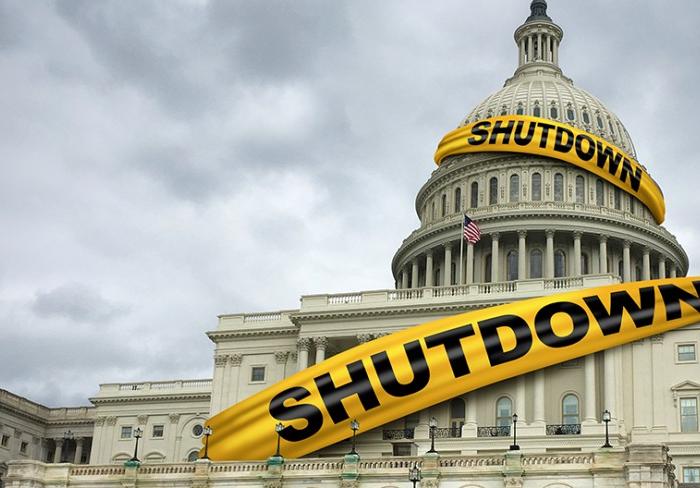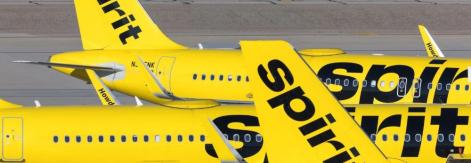The number of hotels under Barceló Crestline Corp. management can grow threefold following the purchase of all shares of class A
common stock of John Q. Hammons Hotels for $13 per share, which has a total value of about $84 million.
Barceló Crestline, the parent company of Crestline Hotels & Resorts, is buying the publicly owned part of JQH Hotels, which is 24 percent of the company. Mr. John Q. Hammons owns the other 76 percent and he will participate in the acquiring company by exchanging all of his other equity interest in JQH Hotels for preferred equity in the acquiring company.
The Virgin Islands Port Authority (VIPA) has decided to introduce what it calls "cruising fees" for luxury yachts and "harbor fees" for tour boats, while at the same time, increasing existing marine fees.
An agency source told Caribbean Net News VIPA has no choice but to increase revenues in an effort to regain financial stability and strength following the near-crippling losses of the last three years. It lost 4.5 million dollars for Fiscal Year 2004, for a total of at least $13.5 million during the last three years.
Italy-based consortium Exedra –made up of ten companies- is paving the way to pour some $400 million into El Salvador’s tourist sector to build a resort in the eastern beach of Tamarindo, the Salvadoran Investment Promotion Agency (PROESA) informed.
Exedra officials traveled to San Salvador to hand in the project to local authorities. The draft scheme includes the construction of half a dozen five-star hotels with 500 rooms each, four nontraditional resorts, a couple of golf courses and a tourism training school.
The arrival of foreign tourists to the Jorge Chavez International Airport grew an unprecedented 23.7 percent in January this year, compared to that same month of 2004, Peruvian Foreign Trade and Tourism Minister Alfredo Ferrero said.
Mr. Ferrero informed the arrival of 63,366 foreigners in January clearly outnumbered the 51,235 visitors from other countries that entered the nation in early 2004, up a whopping 40 percent if stacked up against January 2000, the year that marked the beginning of a solid recovery for Peru’s travel industry.
The economy in St. Kitts and Nevis expanded nearly four percent in 2004, according to the Barbados-based Caribbean Development Bank (CDB) which said that the expansion of the real GDP in St. Kitts and Nevis can be attributed to strong performances in tourism, transportation and communication.
Tourism was the main driving force, supported by construction and to a lesser extent financial services, manufacturing and agriculture. These developments occurred within the context of only slightly higher inflation levels, as the effects of rising oil prices appeared to have been limited, the CDB said in a statement.
Foreign investment in Costa Rica was tabbed at $596,800,000 in 2004, up nearly 4 percent from the previous year, in a clear-cut sign of international confidence in that Central American nation, the Presidency’s Economic Council reported this week.
The note indicates that inflows of foreign cash account for a considerable chunk of the country’s effort to reverse a severe trade balance shortfall.










